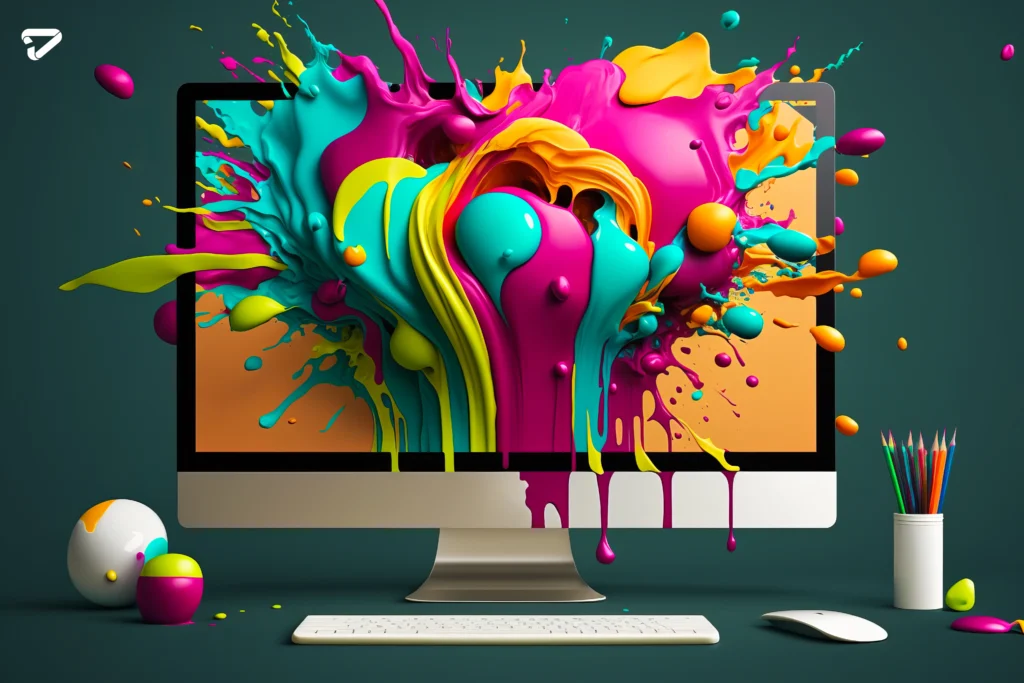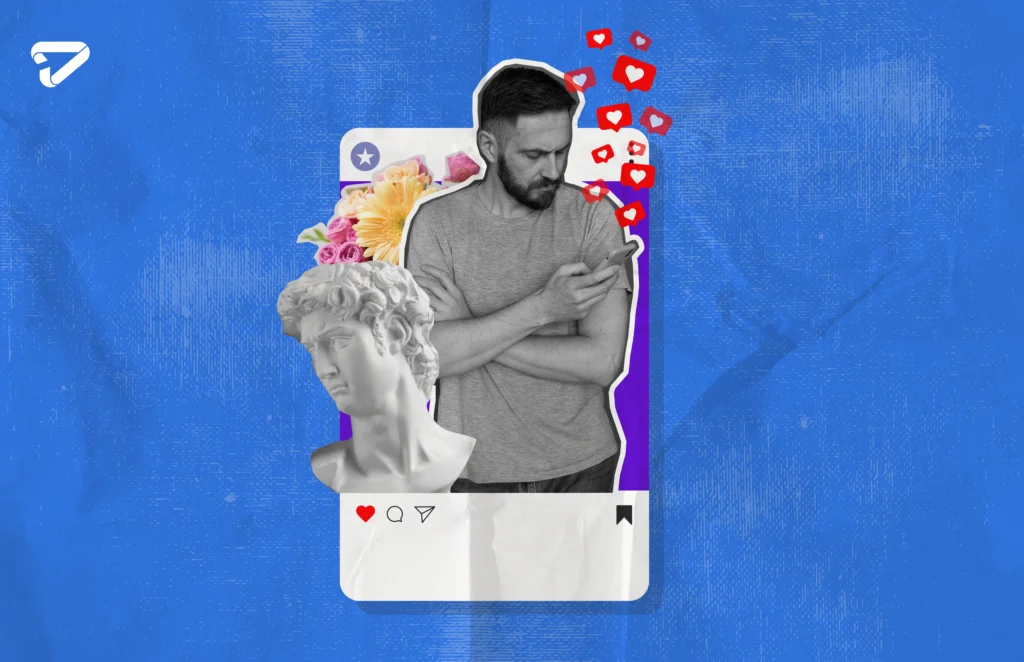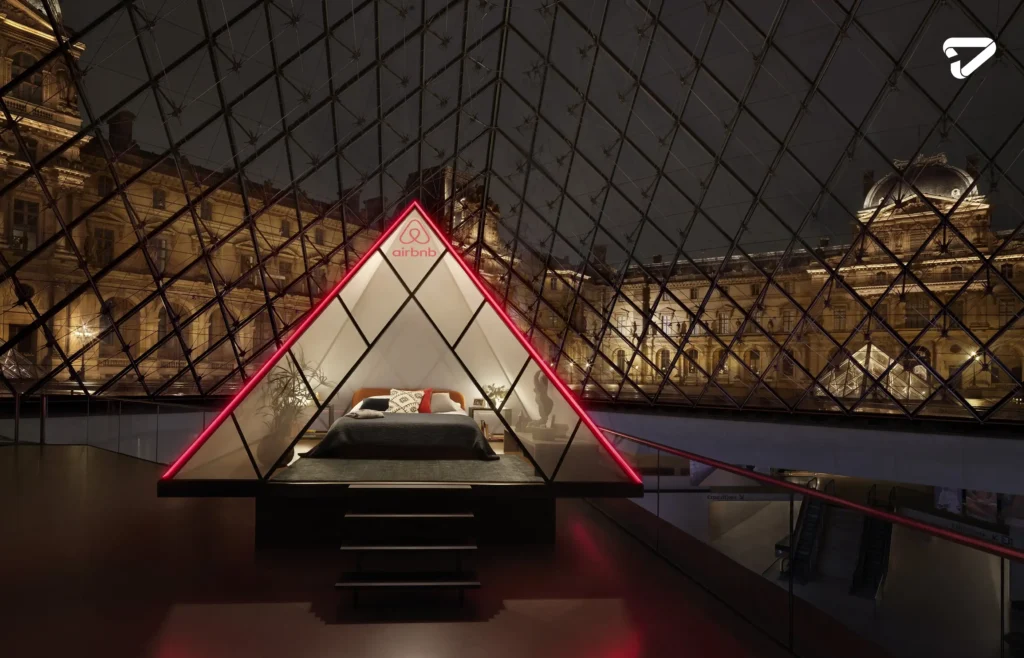
Visual Storytelling: The Power of Infographics in Marketing
In today’s digital world overflowing with content, simply displaying information isn’t enough. You must become a visual storyteller to grab the audience’s attention and drive action.
Infographics, social media stories, videos – today’s most successful marketing campaigns use visually-driven narratives to connect with customers on a deeper emotional level.
This article explores leveraging visual storytelling to create memorable branding moments that attract and engage your target audience.
Why Visual Storytelling Grabs Attention?

With shrinking attention spans, plain text struggles to leave an imprint. Engaging stories told through digital marketing infographics, videos, and images serve information in easily digestible, shareable bites.
Let’s examine why visual storytelling marketing wins:
We're Hardwired for Stories
Narratives stimulate our brains in ways raw information can’t. We instinctively crave story arcs with a beginning, middle, and end that provide meaning.
Visuals Are Processed Faster
Research shows we comprehend visuals far quicker than text. While we process images in just 13 milliseconds, text takes about 200 seconds.
Higher Recall and Engagement
Per cognitive science, we’re more likely to remember visual information. Also, compelling graphics elicit stronger emotional responses, keeping audiences glued.
Built for Sharing
91% of consumers want more visual content from brands. It’s no surprise that dynamic visual storytelling ignites viewers’ desire to share across their networks.

Storytelling Tips for High-Impact Marketing Visuals
Leverage these techniques to craft visual narratives that spark meaningful engagement:
Thread Information Into a Story Arc
Don’t just present data randomly. Structure it into a progression – problem to solution, question to answer, or introduction to conclusion.
Direct the Viewer's Journey
Use visual hierarchy – contrasting colors, sizes, and layouts – to guide the viewer’s gaze through your key story elements in a sequenced path.
Humanize With Relatable Experiences
Tell your story through the lens of relatable people and their real-life experiences. This emotional hook entices viewers to care.
Turn Data Into Insights
Don’t just visualize numbers. Use data to reveal compelling insights and “aha” moments for your audience. Surprising revelations pique interest.

Align With Business Objectives
Ensure your visual content ties back to core brand and campaign goals. Track engagement metrics to optimize based on what resonates most.
Size and Format for Social Sharing
Consider shareable sizes like square or vertical for different platforms. Add customizable branding space for audience participation.
Incorporate SEO Best Practices
Optimize visuals for search with strategic keywords in titles, alt text, and captions. Help people find your story.
Examples of Impactful Visual Storytelling In Marketing
Let’s see how top brands have ignited engagement through skillful visual narratives:
Airbnb's Instagram Storytelling
Airbnb’s “A Night at The Louvre” Instagram campaign delivered bite-sized visual stories that put users inside famous museum locations. The immersive peeks into AirBnb’s one-of-a-kind stays sparked serious wanderlust.

Dove’s “Real Beauty” Campaign
Dove’s “Real Beauty” ads portrayed real women of all body types and ethnicities. The authentic visuals conveyed a powerful story about redefining beauty standards that resonated deeply.
Nike’s “Dream Crazy” with Colin Kaepernick
Nike’s “Dream Crazy” ad with Colin Kaepernick illustrated, “Believe in something, even if it means sacrificing everything.” This visually arresting story about social justice generated a massive cultural impact.
Coca-Cola’s “Share a Coke” Campaign
Coca-Cola’s “Share a Coke” campaign personalized Coke cans with famous names. This visual twist turned transactions into shareable bonding moments between friends.
Key Takeaways
- Leverage the innate power of visual narratives to boost marketing engagement.
- Use graphic techniques to lead viewers through an informative yet entertaining journey.
- Incorporate relatable human perspectives and surprising data-driven revelations.
- Track performance and refine based on what resonates most with your audience.
- Align visual storytelling with core brand objectives for maximized impact.
The brands that flourish today don’t merely push products – they forge emotional connections through compelling stories told through graphics, videos, and beyond. Master the art of visual storytelling in your marketing, and you’ll capture more hearts, minds, and dollars.
Additional Tips for Engaging Visual Storytelling

Here are some more techniques to help you develop memorable and high-impact marketing visuals:
Focus on Authenticity
Audiences crave authenticity today. Ensure your visuals feature real people, places, and emotions – not overly photoshopped perfection. Flawed and unique resonates.
Leverage the Science of Color
Color psychology is real. Use strategic palettes to elicit the desired emotions. Blue branding conveys trust and security, while bold reds grab excited attention.
Animated Visuals Catch Eyes
Leverage motion graphics, animated text, and cinematography. Subtle motion in your visuals piques curiosity and brings dull data to life.
Play with Unique Formats
Explore atypical square or vertical formats suited for different platforms. Adapt visuals for everything from Instagram stories to TikTok.
Infuse Your Brand Personality
Let your visual aesthetic reflect your brand traits – fun, playful, sleek, and professional. Aligning visual voice with brand identity makes engagement personal.
Test and Iterate
Run A/B tests with different visual variants to see what your audience best responds to. Continually refine and improve based on data insights.

Think Cross-Channel Cohesiveness
Maintain visual consistency across websites, product packaging, social media, videos, and more. A unified style strengthens familiarity.
Optimize for Mobile
With increasing mobile usage, ensure your visual assets and stories are designed responsively for smaller screens. Mobile-first is key.
Promote Discoverability
Incorporate SEO best practices in titles, file names, and alt text to boost visual content visibility on search engines and social media.
Provide Interactive Elements
Let audiences participate. Add polls, quizzes, contests, or comment sections. This content marketing hub interactivity study shows driving higher engagement.
Conclusion
Today’s digital landscape demands storytelling that instantly grabs attention rather than mere information delivery. Through compelling narratives told through graphics, videos, and images, savvy marketers create viral branding moments that forge emotional connections. They recognize that humanizing data through visual stories is vital to rising above the content noise. Following their lead, you can craft visually striking content that captivates audiences and accomplishes marketing objectives. Focus on weaving information into relatable narratives, creatively direct viewer attention, and refine based on actual data. With strategic visual storytelling as part of your digital marketing toolkit, you can turn customers into loyal brand enthusiasts. Check out our graphic design services charlotte, to boost your traffic and attract fresh users.








